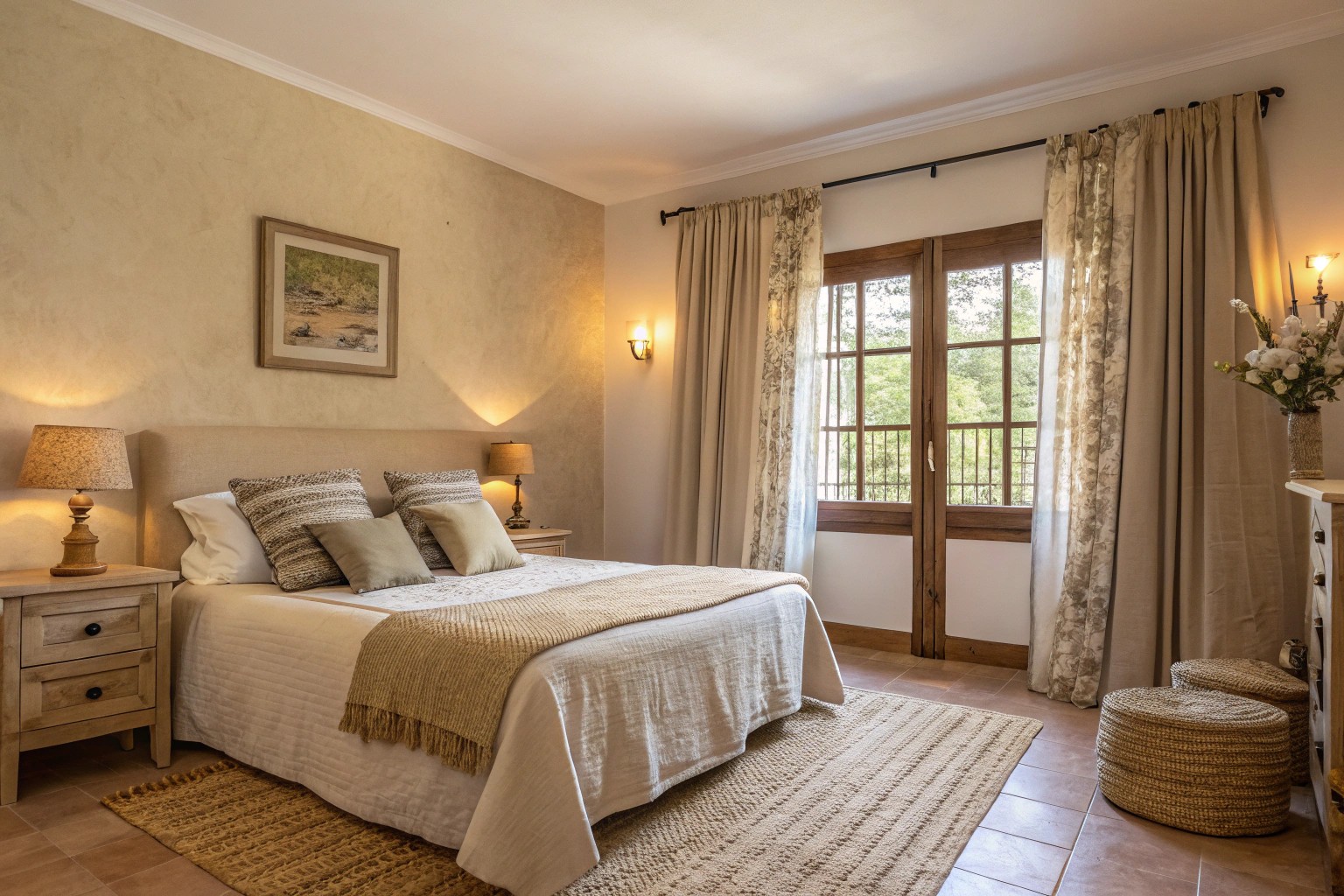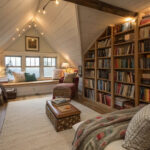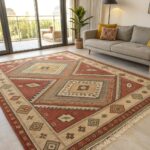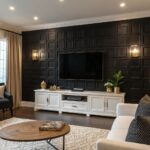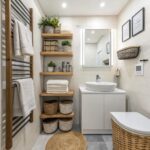In a world that never stops, where notifications constantly demand our attention and deadlines loom, our homes have become crucial sanctuaries. The slow living movement offers an alternative approach to our spaces—one that emphasizes intentionality, mindfulness, and connection over constant consumption and aesthetic trends. This guide explores how to create environments that encourage us to slow down, breathe deeply, and find genuine presence in our everyday lives.
Understanding the Philosophy of Slow Living Design
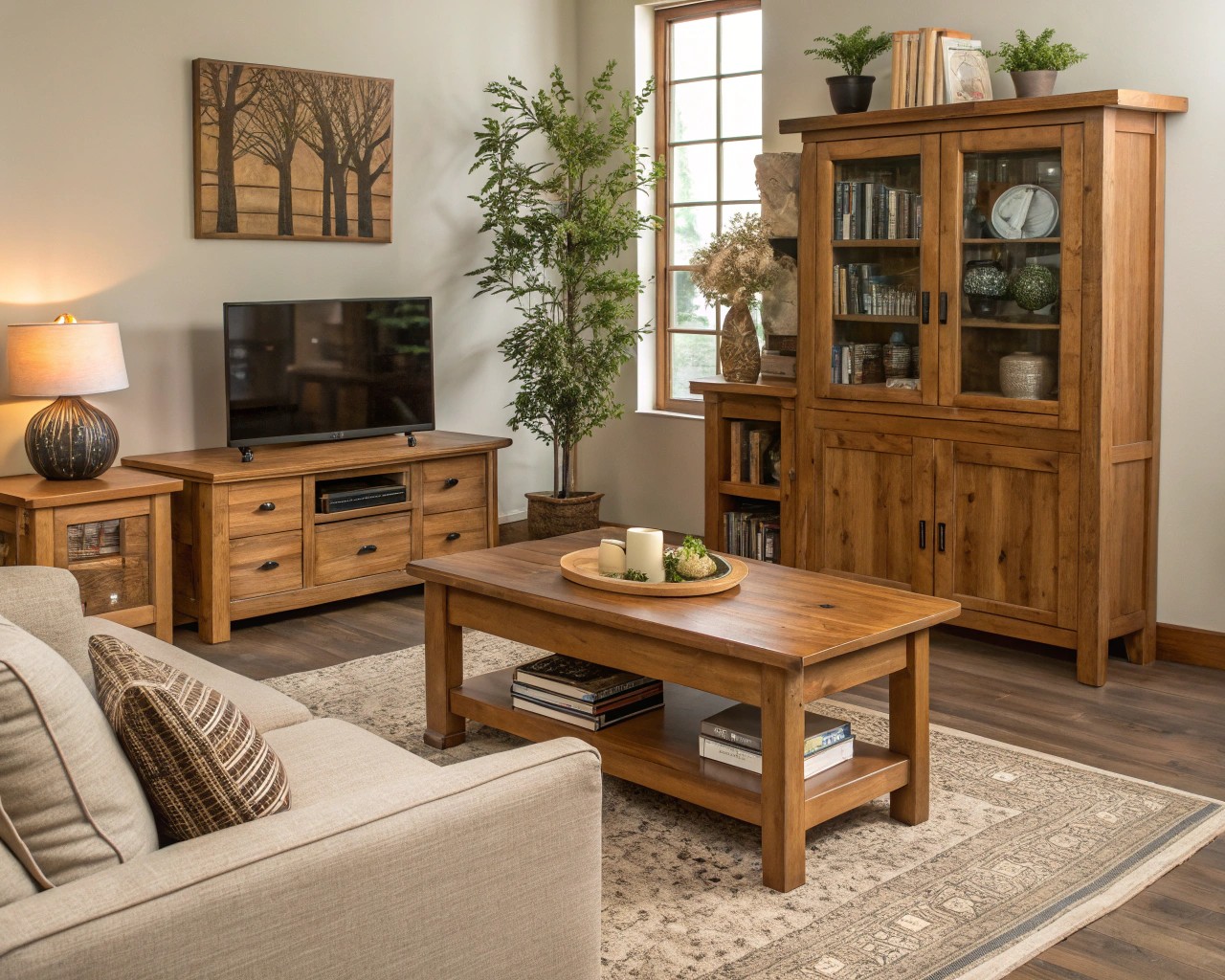
Slow living design transcends mere aesthetics. It represents a framework for creating spaces that align with your values, meet your needs, and reflect your personal style. At its core, this approach emphasizes quality over quantity, craftsmanship over mass production, and meaningful connections over fleeting trends.
Nathan Williams, in *The Kinfolk Home*, observed that slow living isn’t primarily about aesthetics but reflects a profoundly personal mindset. This philosophy guides us toward creating spaces that promote relaxation, thought, and connection—environments attuned to human rhythms, not technological demands.
Core Principles of Slow Living Design
The slow living approach to interior design embodies several key principles:
- Intentionality: Making thoughtful, deliberate choices rather than impulsive decisions
- Sustainability: Choosing environmentally friendly materials and production methods
- Simplicity: Embracing “less is more” to create visual and mental clarity
- Connection to nature: Incorporating natural elements and materials
- Functionality: Ensuring spaces serve their purpose beautifully
- Personal meaning: Curating items that tell your story and reflect your values
When working with clients, I often observe how these principles naturally lead to spaces that feel more authentic and supportive of their wellbeing. A home designed with slow living principles becomes a retreat from the constant stimulation of modern life—a place where you can truly exhale.
Creating a Foundation for Mindful Living
The Art of Meaningful Decluttering
The journey toward a slow living home begins with thoughtful simplification. This isn’t about rigidly minimizing possessions but rather creating breathing room for what truly matters.
One core idea in design philosophy suggests that removing unnecessary items—both physical clutter and mental distractions—simplifies daily life, creating space for more meaningful experiences. This conscious removal of the non-essential helps highlight what truly matters.
Working with a family in Portland last year highlighted this beautifully. After years of accumulating possessions, they felt overwhelmed and disconnected from their space. Through a gradual process of mindful evaluation, they kept only items that served a purpose or brought genuine joy. The transformation wasn’t just visual—the family reported feeling lighter, less stressed, and more present in their now-spacious home.
Embracing the Power of Negative Space
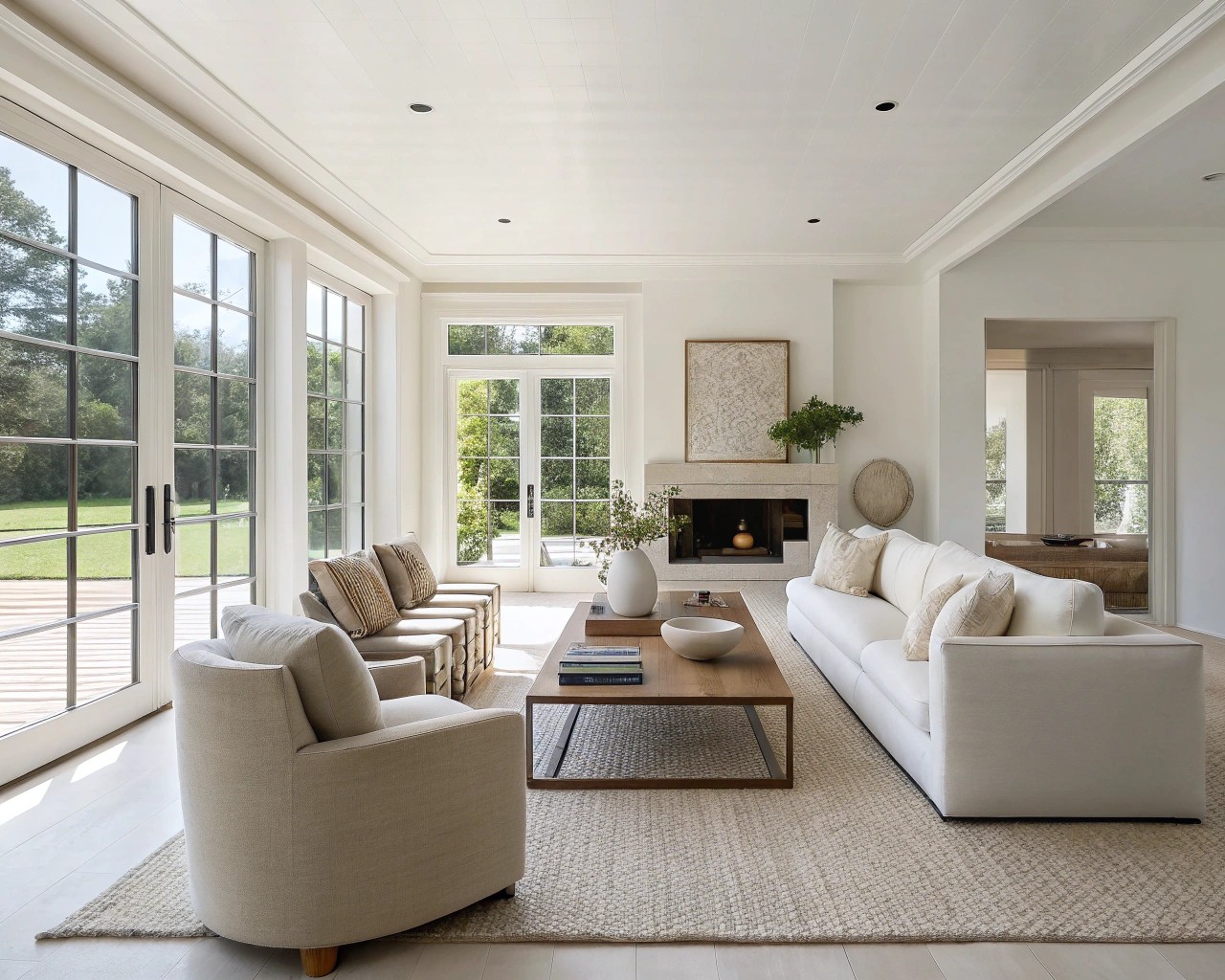
In slow living interiors, empty space isn’t something to fill—it’s an intentional design element that allows the mind to rest. Consider these approaches:
- Leave walls partially bare to create visual breathing room
- Arrange furniture to create natural pathways and open areas
- Allow windowsills and surfaces to remain partially empty
- Create designated empty spaces for meditation or reflection
Choosing a Mindful Color Palette

Colors profoundly affect our psychological and physiological responses. A mindful color palette supports calm, focus, and groundedness:
| Color Family | Psychological Effect | Best Used In |
|---|---|---|
| Soft Blues | Promotes calm, lowers blood pressure | Bedrooms, meditation spaces |
| Warm Neutrals | Creates feelings of security and groundedness | Living areas, transitional spaces |
| Gentle Greens | Reduces stress, enhances connection to nature | Any room needing balance |
| Muted Earth Tones | Grounds energy, promotes stability | Workspaces, kitchens |
| Soft Whites | Expands space, creates mental clarity | Throughout home as a base |
Interior Style Advisor Rebecca Snowden advises choosing a color palette that can flow seamlessly through rooms. She suggests that neutral and soft hues promote calmness and create an airy, open feeling within the space.
Designing Mindful Zones in Your Home
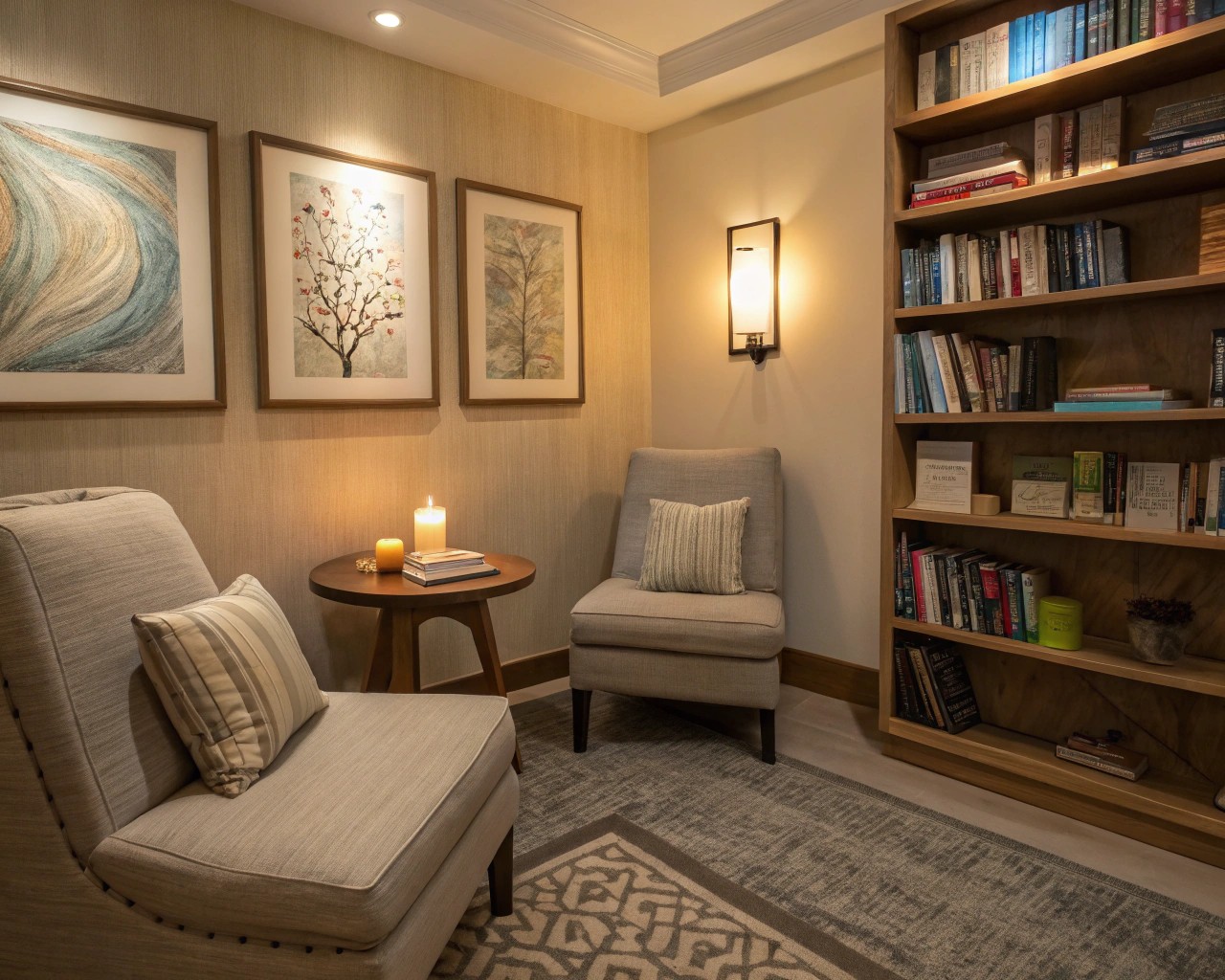
Creating a Sacred Space for Reflection
Every home benefits from a dedicated area for quiet contemplation. Whether it’s a corner of your bedroom or an entire room, this space should feel separate from the bustle of daily life.
One design principle emphasizes the importance of setting aside a specific area in every home dedicated to quiet activities like reading, meditation, or reflection, ensuring it remains free from distractions such as TVs or loud noises. To create your own reflection zone:
- Choose a quiet location with natural light if possible
- Keep technology to an absolute minimum
- Incorporate comfortable seating that supports good posture
- Add natural elements like plants or stones
- Consider adding soft textiles that dampen sound
- Include personal objects that inspire contemplation
A client in Boston transformed an unused guest room into what she calls her “sanctuary space.” With just a comfortable floor cushion, a small side table for tea, several cherished books, and a view of her garden, this simple space has become central to her wellbeing practice.
Establishing Technology-Free Areas
The constant connectivity of modern life can prevent true presence. Designating technology-free zones creates boundaries that protect your attention and relationships.
Consider creating:
- A device-free dining area for mindful eating and connection
- A bedroom free from screens to improve sleep quality
- A reading nook with physical books rather than digital devices
- A conversation area designed for face-to-face interaction
Establishing rules like keeping phones away from the dinner table, or designing specific nooks for reading, napping, or meditation allows household members to disconnect from technology. Such practices can help foster mental space for improved connection and reflection.
Designing for Sensory Awareness
A mindful home engages all the senses intentionally:
Sight: Control visual clutter, optimize natural light, and create views that rest the eyes
Sound: Incorporate sound-absorbing materials, introduce pleasant natural sounds, create quiet zones
Touch: Include varied textures that invite tactile exploration and comfort
Smell: Use natural scents from plants, essential oils, or natural materials
Taste: Design eating areas that encourage slow, mindful meals
Engaging the sense of smell is considered an important aspect of mindfulness. Introducing calming and soothing scents like lavender, vanilla, or geranium can significantly enhance the home’s atmosphere and support a state of wellbeing.
Elements of Slow Design
The Transformative Power of Natural Light
Few elements impact our wellbeing as profoundly as natural light. When designing for slow living:
- Arrange furniture to maximize access to windows
- Use sheer window coverings that filter rather than block light
- Position mirrors strategically to reflect and amplify daylight
- Consider skylights or solar tubes for darker spaces
- Create transitional lighting for evening hours that mimics the warm glow of sunset
Slow living design principles suggest that large windows and open layouts effectively bring the outdoors inside, fostering a greater sense of harmony with the natural world.
Embracing Biophilic Design
Our connection to nature is fundamental to wellbeing. Biophilic design—incorporating natural elements and patterns—helps satisfy this innate need:
- Integrate indoor plants appropriate to your light conditions
- Choose natural materials like wood, stone, wool, and linen
- Incorporate organic patterns and forms in textiles and architecture
- Create views to outdoor spaces where possible
- Use water features for their visual and auditory benefits
One approach to slow living interiors involves integrating natural elements such as wood, stone, and rattan into furniture and decor, thereby strengthening the home’s harmonious connection with nature.
The Texture Palette: Creating Sensory Richness
Texture adds dimension and invites touch—a critical sense for mindful awareness:
- Layer contrasting textures to create visual and tactile interest
- Include soft textiles like wool, cotton, and linen
- Incorporate natural variations found in wood, stone, and handmade items
- Use texture to define different functional areas within a space
Interior designer Amy Wilson advises that contrasting textures provides a subtle yet impactful way to create an interior focused on mindful living. She notes that texture adds visual weight and layered interest, resulting in an inviting and cozy atmosphere.
The Practice of Slow Decorating
Growing Your Home Organically
A home designed for slow living evolves gradually rather than being completed all at once. This approach allows for more thoughtful decisions and a deeper connection to your space:
It helps to view home décor as something that evolves alongside you. Rather than treating interior design as a project with a strict deadline, consider taking your time and embracing it as a continuous, unfolding process without a fixed endpoint.
We often impose arbitrary deadlines on decorating projects, rushing to fill spaces and check boxes. When you release this timeline pressure, you create room for discovery and authentic expression.
Sourcing with Intention
Where and how you source items for your home matters deeply in slow living design:
- Local artisans: Support your community and reduce carbon footprint
- Vintage and antique: Give new life to well-made pieces with history
- Fair trade: Ensure ethical production and fair compensation
- Sustainable materials: Choose renewable, non-toxic options
- Multi-functional pieces: Invest in quality items that serve multiple purposes
A principle of slow architecture highlights that using locally-sourced materials and collaborating with skilled community artisans and artists helps architectural projects blend more authentically with their surroundings.
Case Study: The Suburban Slow Home
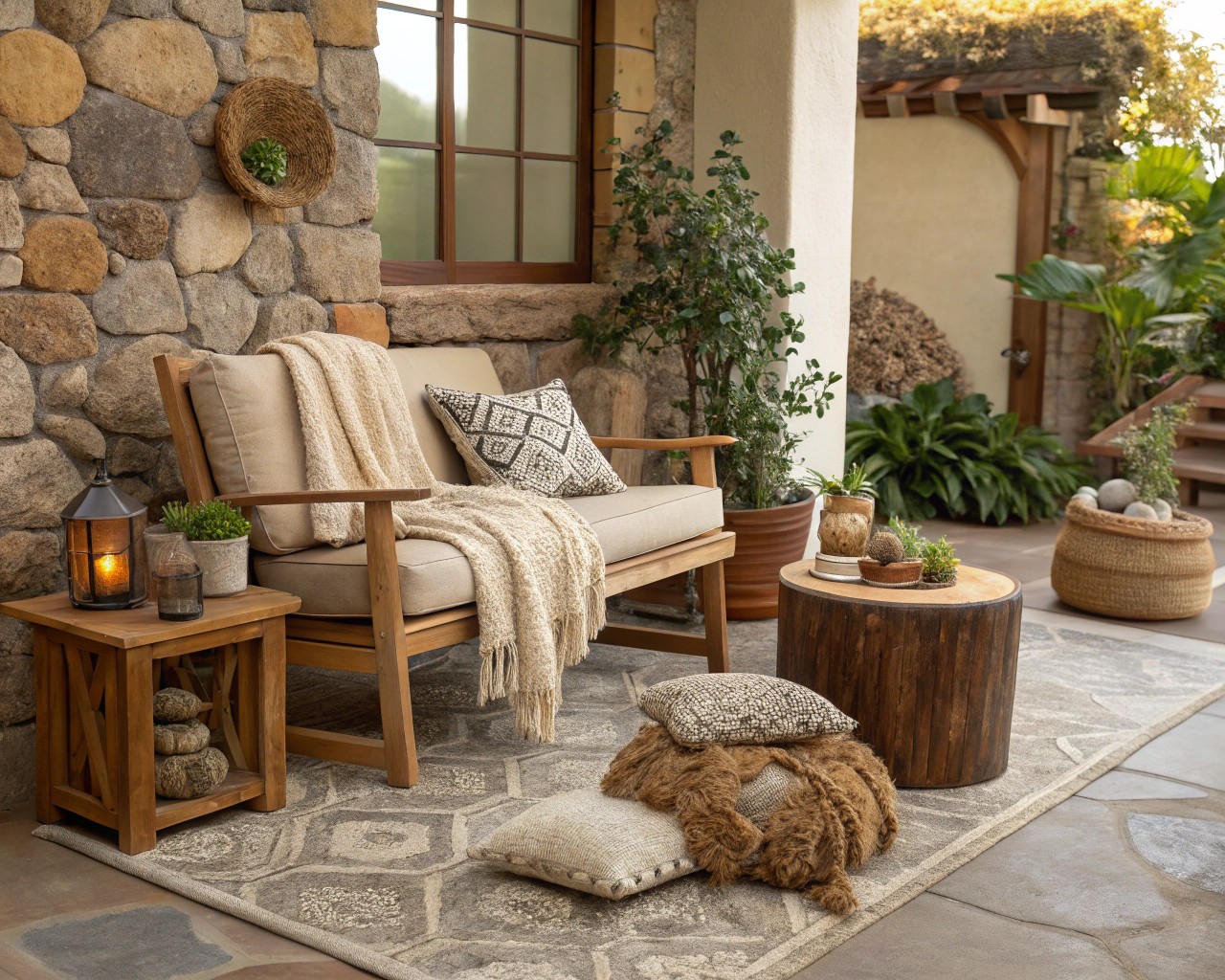
One compelling example comes from a family who transformed their “builder-basic suburban move-up house” into a slow home. Rather than starting with a complete renovation, they approached the transformation gradually:
- They began by identifying the home’s “great bones” and good solar orientation
- They prioritized a lot size that allowed for extensive gardening
- They selected a location with walking paths and bike trails for car-light living
- They painted selectively to create a cohesive backdrop
- They gradually invested in a mix of antique and new furniture
- They focused on creating functionality that matched their lifestyle
This project demonstrates how even conventional suburban homes can be transformed through a slow, intentional approach.
Practical Implementation Guide
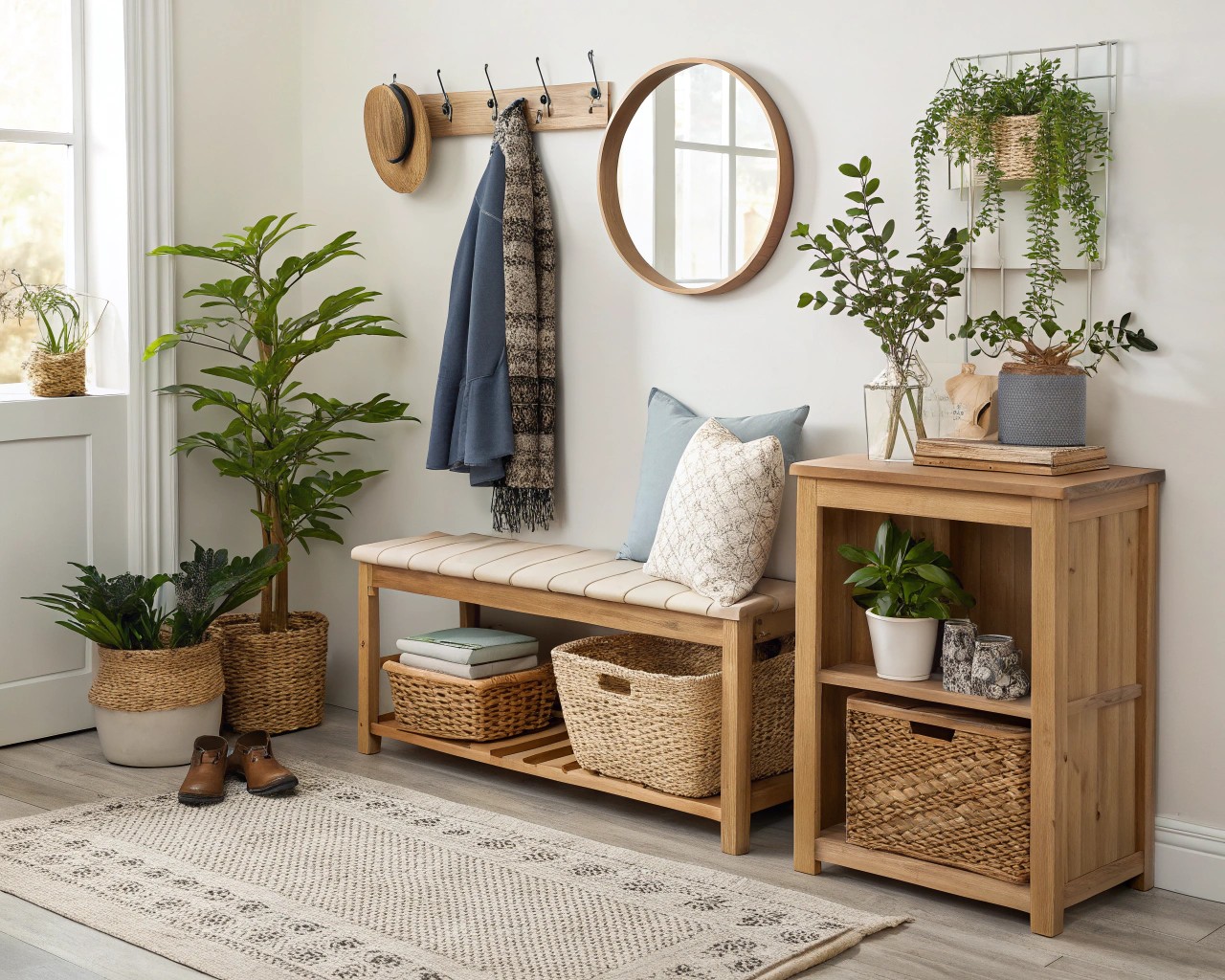
Room-by-Room Approach to Slow Living Design
The Mindful Entryway
The entrance to your home sets the tone for the transition from outside world to sanctuary:
- Create a dedicated space for removing shoes (reducing outside pollutants)
- Include storage that encourages organization without visual clutter
- Add a natural element like a small plant or wooden bench
- Consider a small ritual element—a bell, a meaningful quote, or a beautiful bowl for keys
The Slow Living Kitchen
The kitchen often becomes the heart of mindful living, where nourishment and connection happen:
- Optimize for workflow that makes cooking a pleasure rather than a chore
- Display beautiful, functional tools that invite use
- Create visual access to ingredients in glass jars or open shelving
- Designate space for communal cooking and dining
- Include comfortable seating that encourages lingering conversations
The Restorative Bedroom
For truly restorative sleep, the bedroom deserves special attention:
- Remove work materials and electronic devices
- Choose natural bedding materials like cotton, linen, or wool
- Keep surfaces clear of clutter
- Layer lighting for evening wind-down routines
- Add blackout options for optimal sleep conditions
- Include natural elements that purify air and add life
The Contemplative Bathroom
Transform utilitarian bathrooms into spaces of ritual and rejuvenation:
- Incorporate natural materials that withstand moisture
- Add plants that thrive in humid environments
- Create storage that keeps necessities accessible but visually contained
- Consider a small stool or shelf for candles and essential oils
- Upgrade to water-saving fixtures that still provide a satisfying experience
Starting Small: Mindful Micro-Projects
You don’t need to redesign your entire home at once. Consider these smaller projects:
- Create a morning ritual corner with a comfortable chair, good light, and space for tea or coffee
- Establish a nature connection point with a bird feeder visible from a favorite window
- Design a digital sunset zone where devices rest overnight, away from sleeping areas
- Set up a mindful entry ritual with a beautiful bowl for keys and a place to remove shoes
- Curate a comfort basket with soft throws, favorite books, and natural scents
The Ongoing Journey of Slow Living Design
Creating a home for slow living isn’t a destination but a continuing practice. As one client beautifully expressed, “My home now feels like it’s breathing with me, growing and changing as I do.”
We’re all learning to resist the cultural pressure for immediate results and perfect spaces. Instead, we can embrace the gradual unfolding of our homes as they become true reflections of what matters most.
In your own journey toward a more mindful home, remember that each small choice—leaving space empty, choosing quality over quantity, bringing nature indoors, or creating technology boundaries—contributes to an environment that supports presence and wellbeing.
The most beautiful slow living spaces aren’t necessarily the most photogenic. They’re the ones where people feel truly at home—where they can exhale deeply, connect authentically, and find moments of genuine peace amid our fast-paced world.

